1. Uber Eats
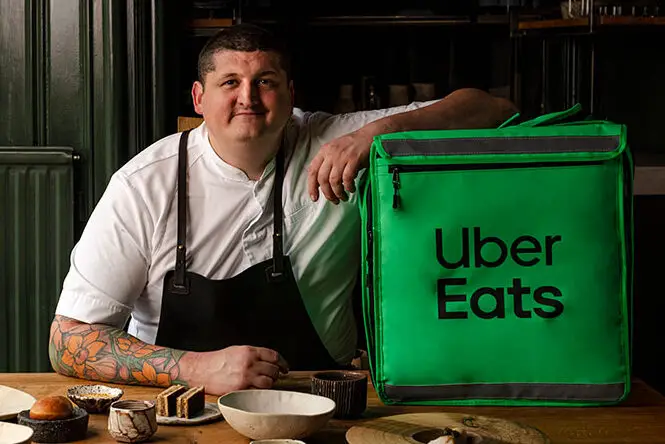
Uber Eats redefined food access by turning meals into mobile transactions. It allowed users to skip menus, phone calls, and wait times—replacing traditional dining with instant gratification. Restaurants now cater to digital orders first, often adapting menus for travel rather than taste. It didn’t just change dinner—it changed what dinner means.
Behind the ease is a new economic structure. Ghost kitchens thrive without storefronts, tipping has been gamified, and delivery fees blur pricing. Uber Eats didn’t ask consumers to rethink hospitality—it just made it obsolete. And yes, your pad thai is arriving in a car, not a kitchen.
2. LinkedIn
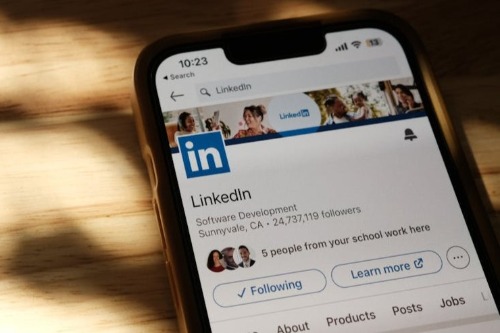
LinkedIn started as a digital résumé—now it’s your professional persona. Users post thought leadership blurbs, soft-launch job searches, and share productivity hacks like social influencers. Careers are curated in real-time, and networking now means “engagement.” It’s not just work—it’s performance.
This shift comes with subtle pressure. Self-promotion is expected, corporate aesthetics are rewarded, and even vulnerability feels rehearsed. LinkedIn didn’t ask to become your second personality—it just rewarded the one that clicks best. And yes, your manager probably saw that post.
3. DoorDash
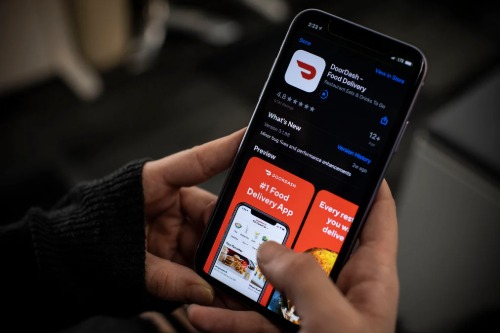
DoorDash blurred the line between craving and consumption. It turned errand-running into gig work, and restaurants into data-driven logistics hubs. Diners don’t choose eateries—they browse thumbnails. Food is now less about dining and more about delivery velocity.
For restaurants, the trade-off is stark. DoorDash controls visibility, pricing, and sometimes quality perception. It didn’t ask restaurateurs to restructure their margins—it just required them to keep up. And yes, your “local favorite” might be cooked in a warehouse.
4. Tinder
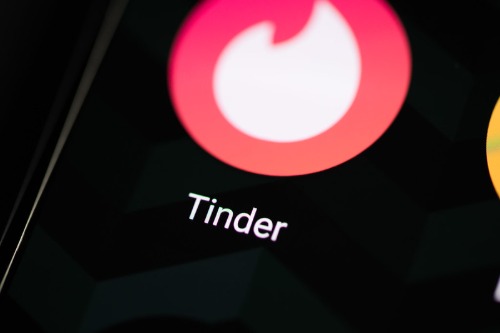
Tinder transformed dating into digital triage. Swiping became instinct, bios became billboards, and chemistry became clickable. It prioritized first impressions over deeper connections, making dating fast, gamified, and oddly anonymous. What started as novelty is now cultural default.
But its impact goes beyond romance. Ghosting is normalized, commitment feels optional, and validation often arrives in matches—not messages. Tinder didn’t ask to change love—it just gave it an interface. And yes, dating feels more like recruiting.
5. Zoom
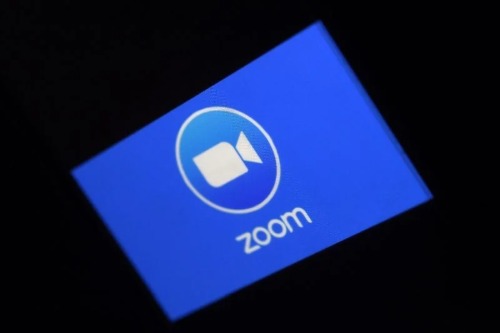
Zoom redefined presence—making meetings, lectures, and happy hours entirely virtual. It flattened geography, blurred work-life boundaries, and made mute buttons sacred. What started as a pandemic necessity became embedded culture. Face time is now screen time.
Its influence is quiet but pervasive. Offices downsize, therapy goes remote, and classroom dynamics shift. Zoom didn’t ask to become the default—it just became impossible to ignore. And yes, pajama pants are now standard attire.
6. Instacart
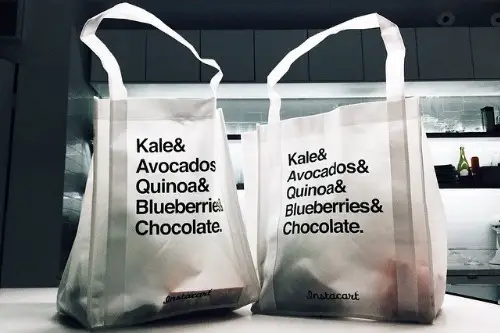
Instacart made grocery shopping a backend task. It outsourced choice, texture, and freshness to contract workers guided by app efficiency. Apples replaced aisles, and trust replaced touch. Shopping went from sensory to speculative.
Consumers embrace it, but nuance is lost. Preferences are interpreted, substitutions are frequent, and meal planning becomes algorithmic. Instacart didn’t ask people to change how they shop—it just streamlined it into a swipe. And yes, someone else chose your cilantro.
7. Slack
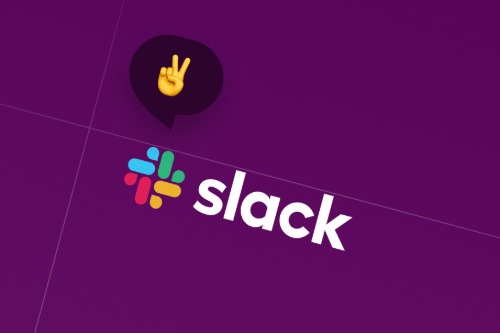
Slack replaced email with casual immediacy. It brought emojis into business, turned replies into threads, and made urgency constant. Coworkers now ping instead of write, and status bubbles feel oddly personal. Communication is quicker—but rarely deeper.
Work boundaries eroded in the name of access. “Just one more thing” became endless, and typing indicators induce anxiety. Slack didn’t ask to restructure workflow—it just filled every silence. And yes, your manager knows when you’re active.
8. Bumble
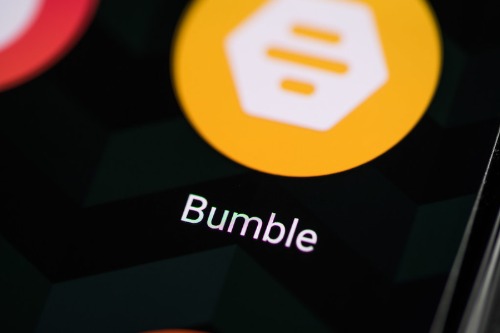
Bumble flipped courting norms with a UI change. Women initiate, bios perform, and matches dissolve faster than small talk. Empowerment became a product feature, and branding replaced banter. It’s dating with rules—but also algorithms.
Its expansion into friendship and networking blurred categories. Socializing became segmented by app, and digital intros replaced in-person energy. Bumble didn’t ask to reshape how people connect—it just color-coded the process. And yes, the hive aesthetic stuck.
9. ChatGPT
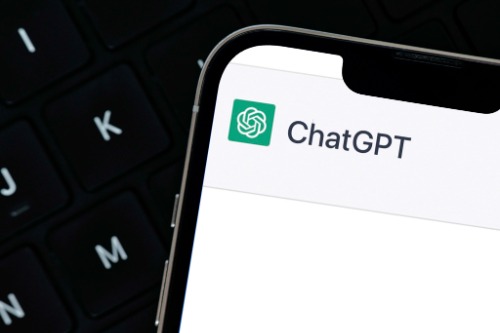
ChatGPT redefined authorship, replacing blank pages with prompts. It writes emails, brainstorms ideas, tutors students—and flirts, if needed. Its efficiency compresses tasks, but blurs originality. Writing became less personal, more procedural.
This shift alters more than productivity. Communication is faster, tone is curated, and self-expression is sometimes outsourced. ChatGPT didn’t ask to co-write your day—it just showed up in your browser. And yes, your next idea might be AI-assisted.
This post 9 Tech Platforms That Are Reshaping How Americans Eat, Date & Work Without Asking First was first published on American Charm.


